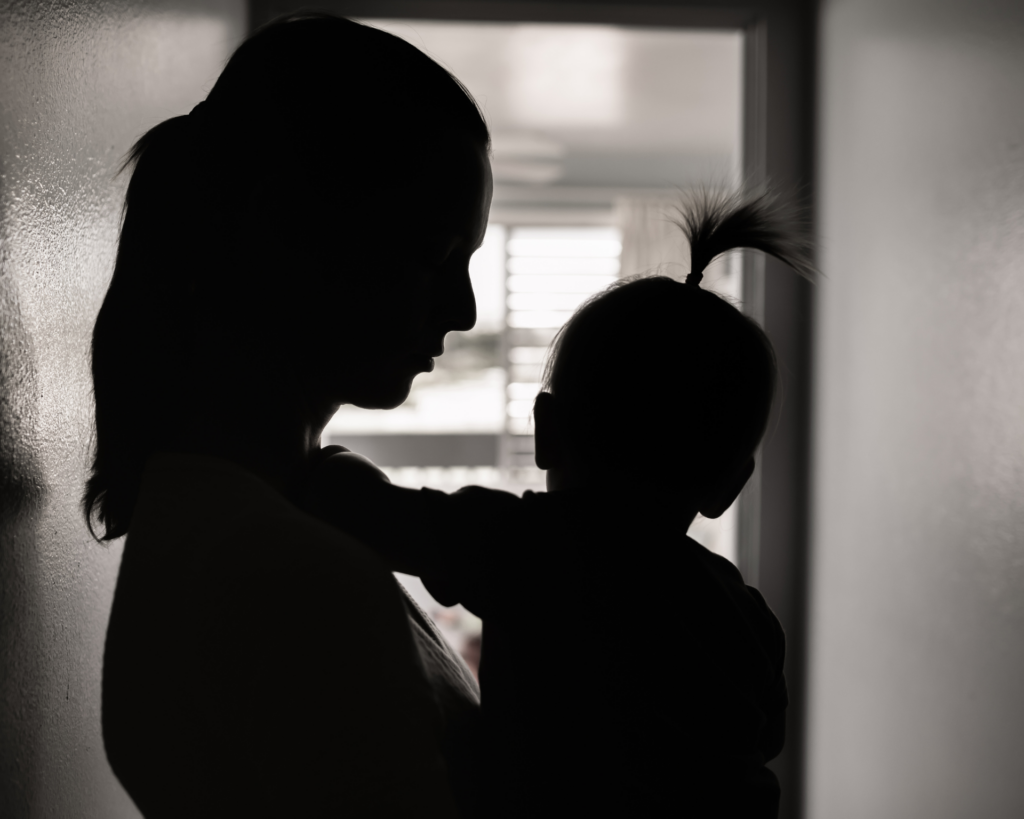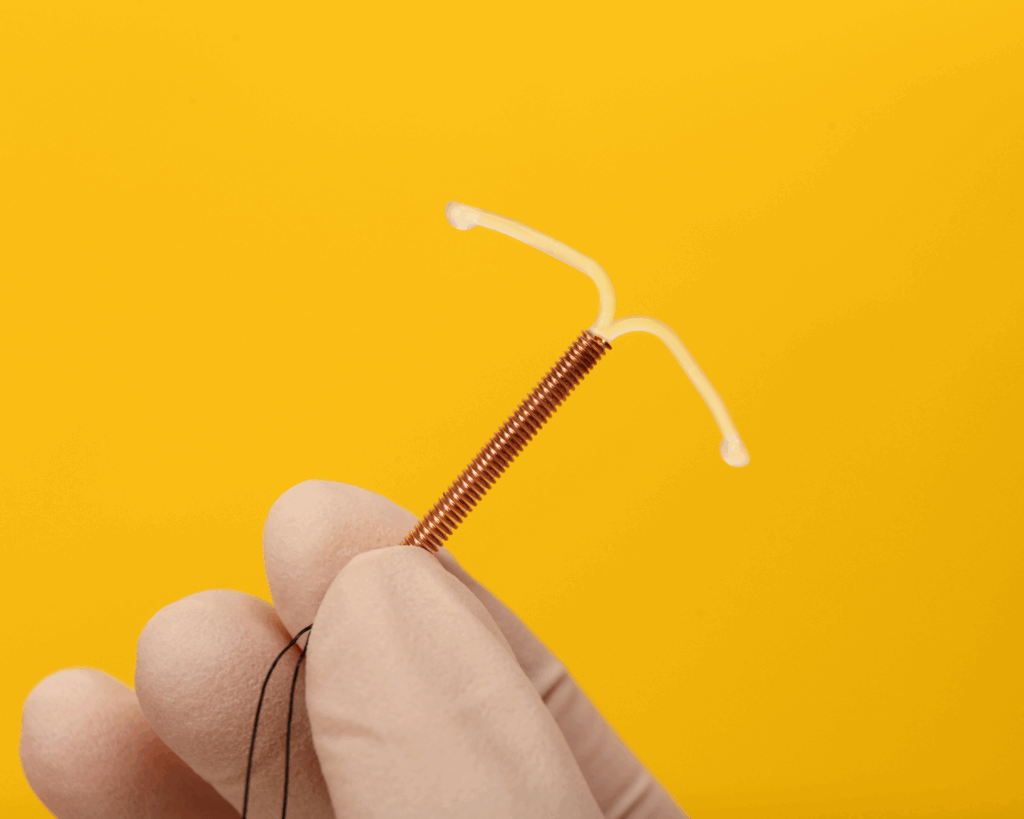Call the Midwife
Birth centers had better outcomes compared to those who did not use birth centers, and can decrease racial and rural maternal health disparities.

Read Time: 3 minutes
Published:
Birth centers are stand-alone clinics where midwives provide holistic care attentive to the psychological, emotional, and social context of pregnancy, birth and the postpartum period. The number of birth centers in the US is relatively small, just 384. However, birth centers are starting to be explored as alternatives to hospitals as sites better able to address the high levels of maternal death and complications in the US. Midwifery is associated with lower maternal mortality and morbidity, faster recovery, and healthier birth weight.
However, the presence of birth centers and practice of midwifery comes with a long and difficult history. Disputes over the best birthing methods continue to be debated even as evidence favors less intervention, the standard at birth centers. Until the 1900s, almost all births in the United States were home births. The creation of obstetrics medicalized the delivery of babies and slowly pushed out the practice of midwifery, creating an increasing reliance on technological intervention during childbirth. Today, epidurals, C-sections and induced labor are overly relied upon in cases where they are not medically necessary. Furthermore, the system is supported by health insurance protocols that provide increased reimbursement for interventions, and medical malpractice insurance that encourages increased dependence on interventions. Yet, high-tech pregnancy may lead to higher chances of complications in both the current pregnancy and future ones. The US now has the highest rates of maternal mortality, infant mortality and preterm birth in a developed country. Moreover, racial inequities persist as Black women are 3 to 4 times more likely to die during childbirth than white non-Hispanic women.
The Strong Start report found that birth centers had better birth outcomes compared to a comparison group that did not use birth centers.
To address these inequities, the Center for Medicare and Medicaid Innovation implemented the Strong Start for Mothers and Newborns Initiative to increase care options and decrease costs for pregnant Medicaid recipients. Through the Strong Start program, 211 delivery centers received funding to increase pre-natal care options. Funding went to education services, psychosocial support, and non-medical referrals for both birth centers and obstetrical settings. The Strong Start report found that birth centers had better birth outcomes compared to a comparison group that did not use birth centers. Pre-term birth rates were 26% lower and C-section rates decreased by 40%. Babies who received birth center prenatal care had fewer induced pregnancies, higher birth weight, and greater gestational age. Birth centers had higher satisfaction rates when mothers rated pre-natal care; they also cost less per delivery.
Other research has supported the birth center model to decrease racial and rural maternal health disparities. Hospital closures in rural areas leave many women with few options for maternal care. More than 1 in 5 women of reproductive age live in a rural environment and more than half of rural counties lack obstetric services. Birth centers could increase access to maternity care for these women. Racial disparities could be improved by providing a higher quality of care to all patients, not just those with insurance or who live close to high-performing hospitals. Additionally, the lack of emphasis in many obstetric practices on post-partum care contributes to higher rates of maternal mortality.
Midwives and home births are the main birth option in other developed countries. Providing more birth centers as an alternative to hospital obstetrical wards could help reduce the high rates of maternal death and complications in the US.
Photo via Getty Images



